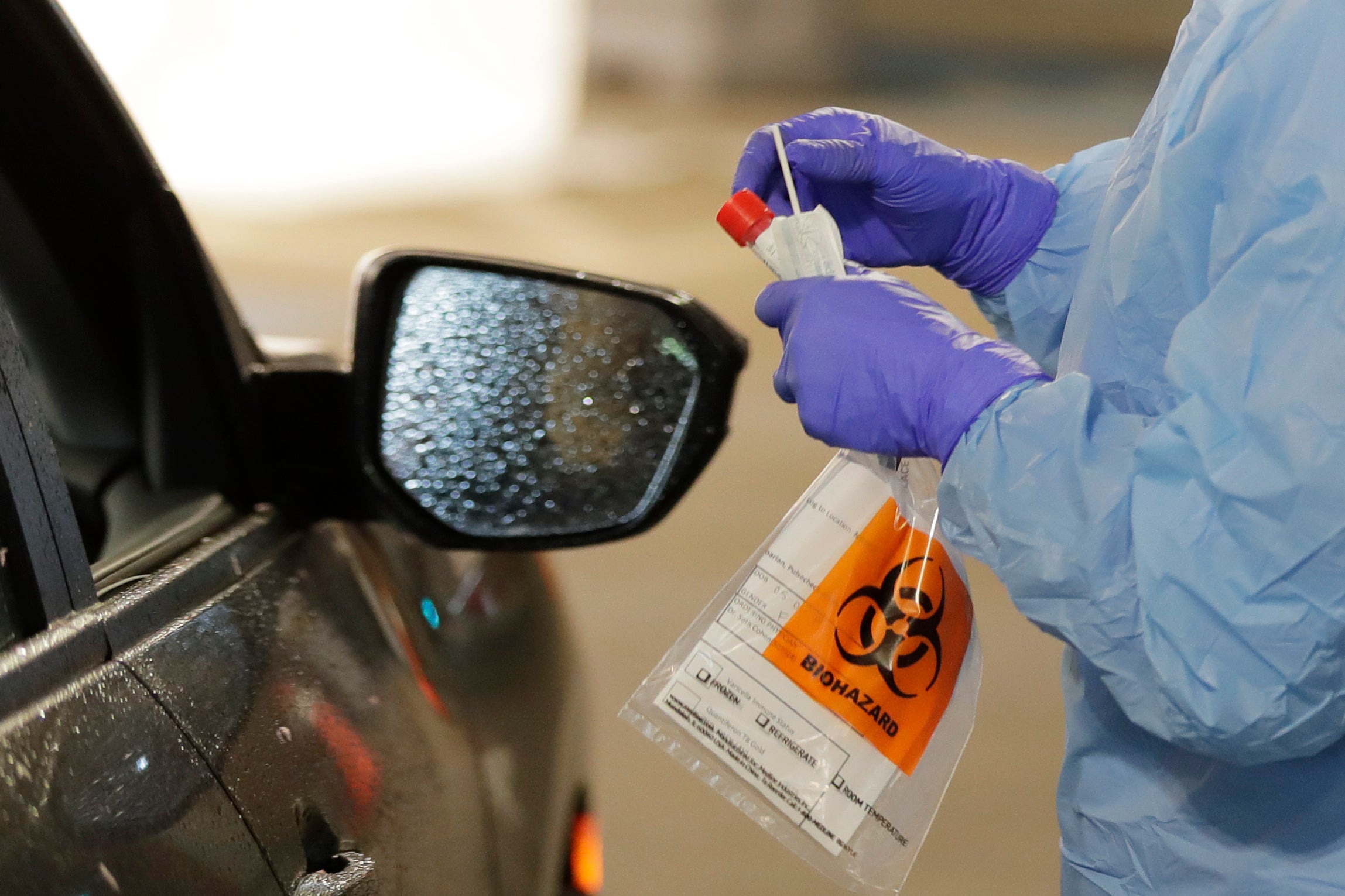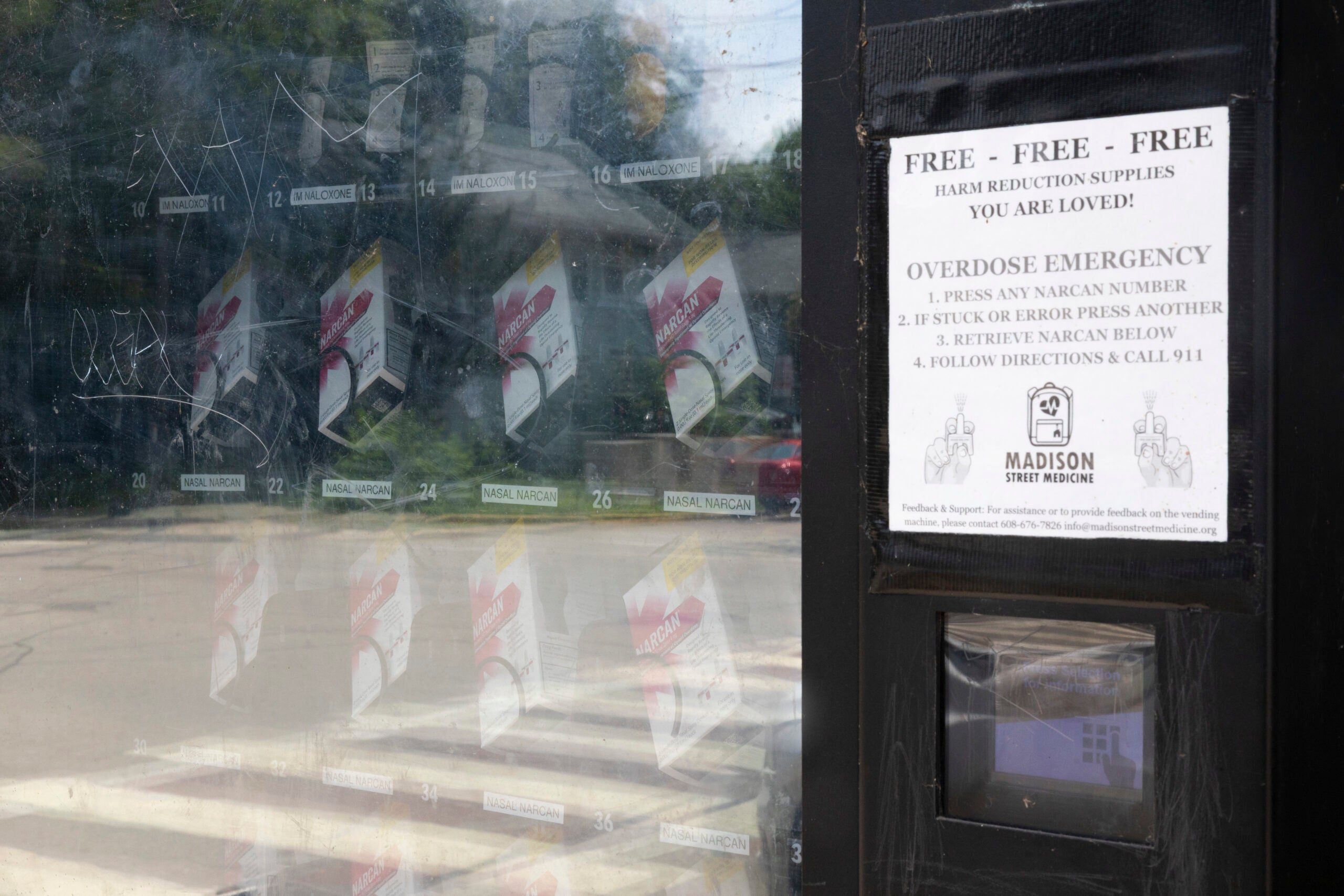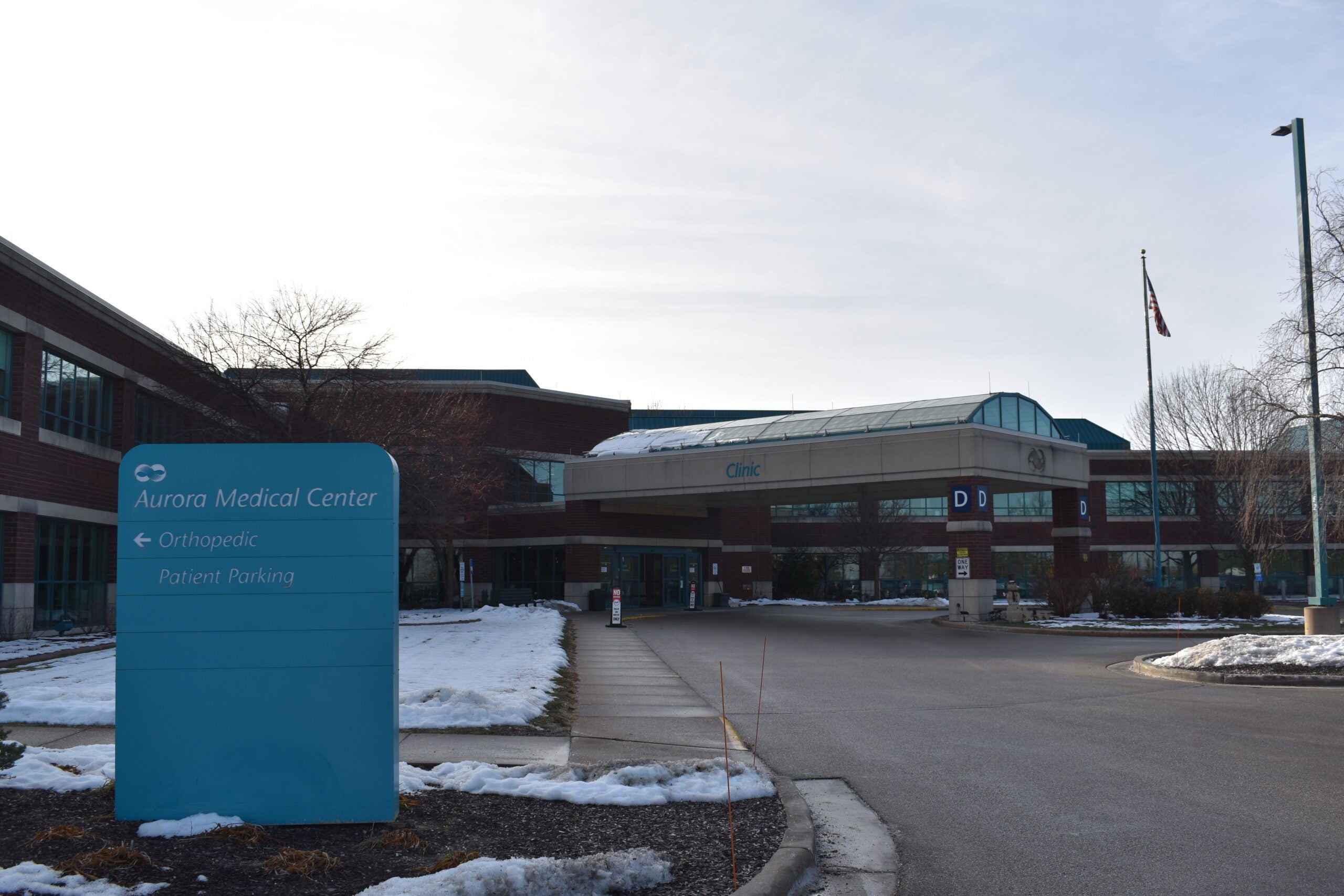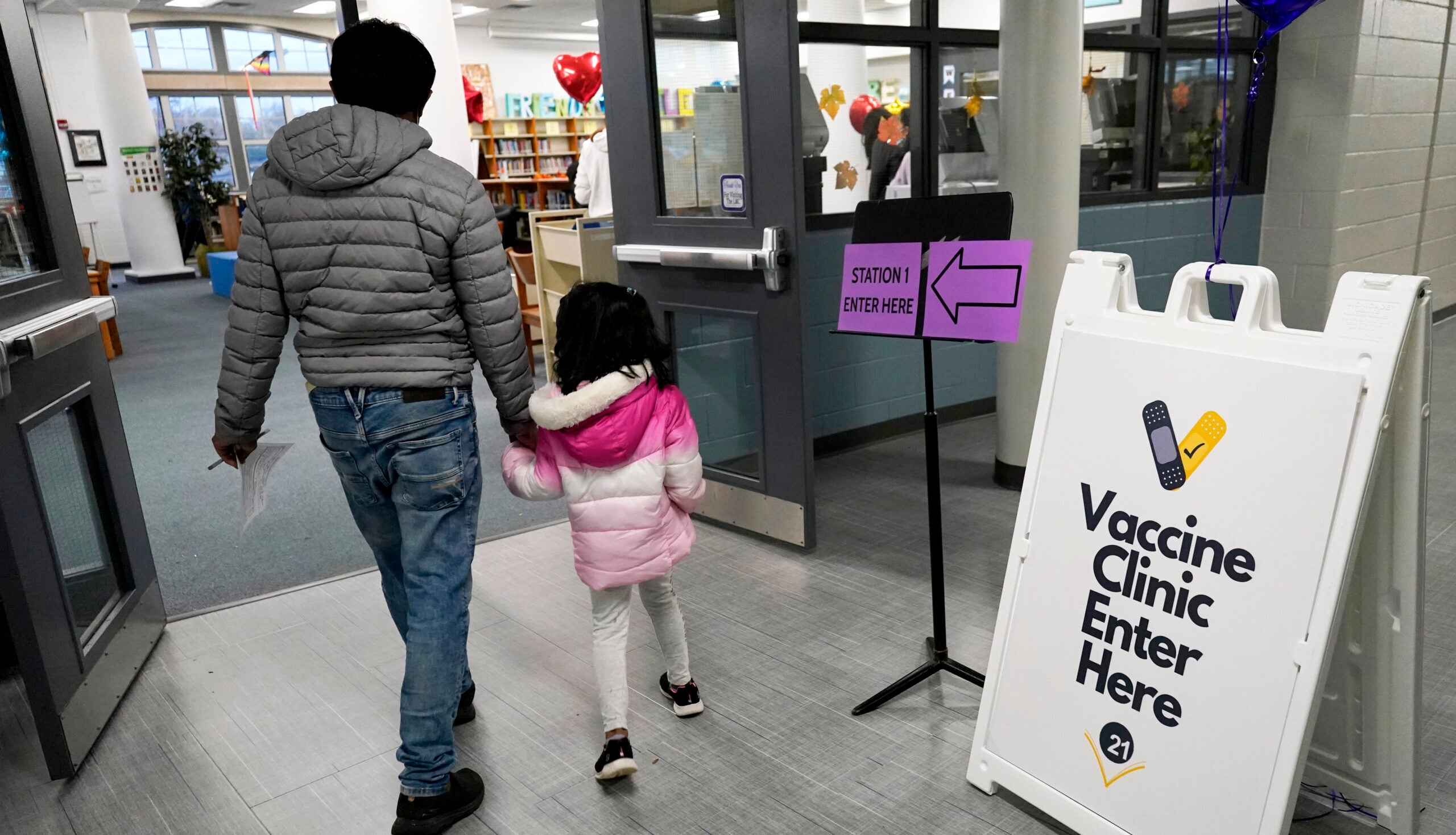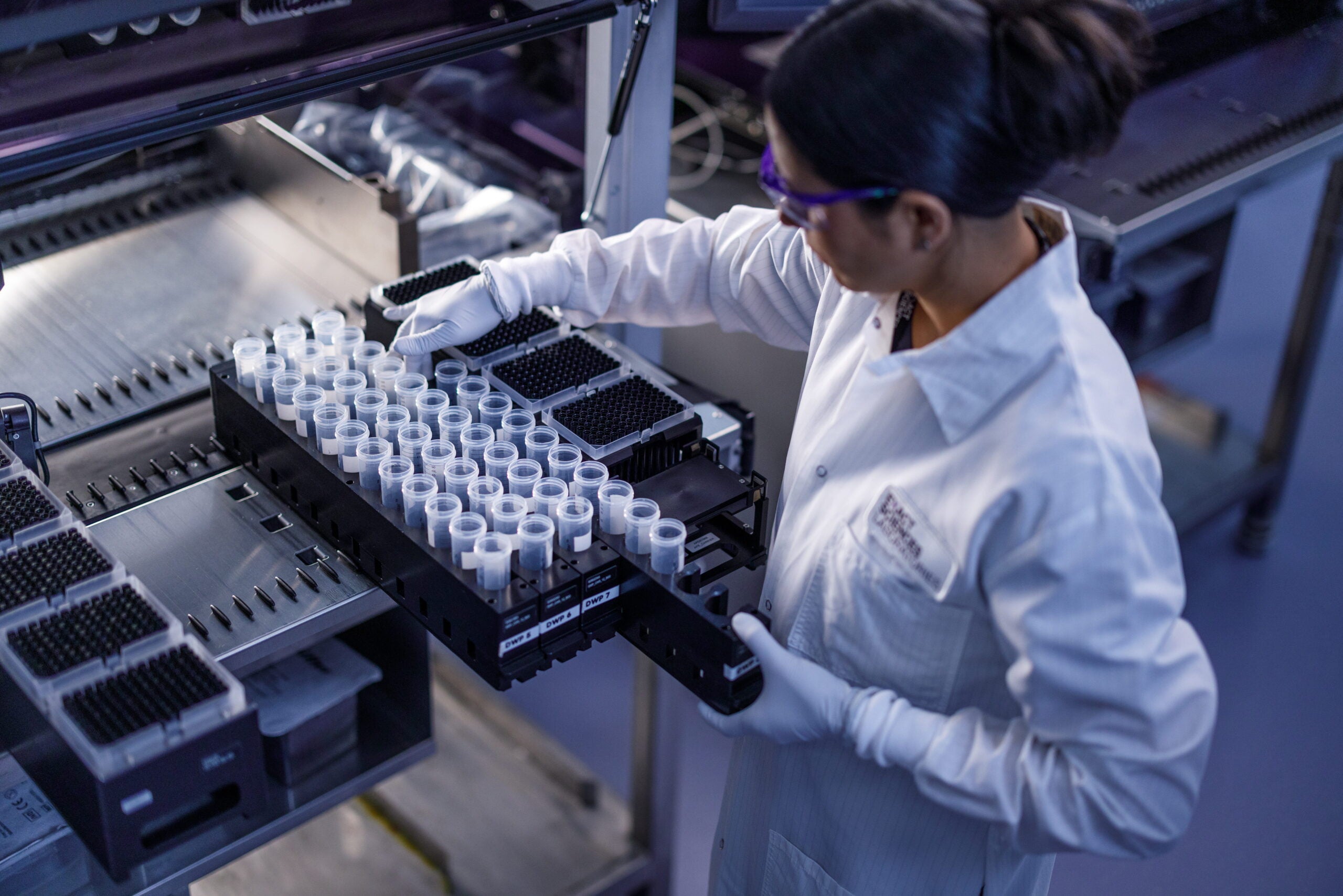The Wisconsin Department of Health Services (DHS) said Thursday 707 people in the state have tested positive for COVID-19. A significantly higher number of tests — more than 94 percent of the total number conducted in Wisconsin — have come back negative.
According to health care professionals, the high ratio of negative-to-positive tests is in line with what they’d expect early in an epidemic.
“You’ll start with a low level of positives and then as you start ascending your curve, the percentage of tests that you do that are positive will increase,” said Dr. Jeff Pothof, chief quality officer at UW Health.
News with a little more humanity
WPR’s “Wisconsin Today” newsletter keeps you connected to the state you love without feeling overwhelmed. No paywall. No agenda. No corporate filter.
Pothof attributed Wisconsin’s large number of negative tests — more than 11,500 as of Thursday afternoon — to the fact that COVID-19 can present like many other respiratory illnesses, including influenza, parainfluenza and even seasonal allergies.
According to DHS guidelines, testing is prioritized for critically ill patients with unexplained respiratory symptoms and patients who are hospitalized with symptoms consistent with COVID-19 who’ve either had known exposure to the new coronavirus or who’ve traveled to a high-risk area.
But these patients account for a relatively small percentage of the total COVID-19 tests that are being administered in Wisconsin, Pothof said.
Doctors can recommend patients be tested if they meet the criteria for a flu test and have another health issue, like heart or lung disease, that could put them at greater risk of developing serious COVID-19 symptoms. Health care workers can also be tested with milder symptoms.
“We absolutely do not want a health care worker having COVID-19 and then coming into the hospital and giving it to their patients and things like that. So health care workers are being tested pretty aggressively,” Pothof said.
In other parts of the country, there have been reports of people who’ve been tested multiple times and received different results. False negatives very likely aren’t contributing to the large number of negative COVID-19 tests in Wisconsin, Pothof said. If samples are taken properly from patients with symptoms, he said the test is very accurate.
In Wisconsin, people without symptoms aren’t being tested, Pothof said. He noted it’s possible for asymptomatic carriers to test negative for the virus. That’s in line with what Dr. Anthony Fauci, director of the National Institute for Allergy and Infectious Disease, told the Journal of the American Medical Association.
“If it’s negative, you may be early on in the infection and the viral load may be so low you don’t get it,” he said.
Wisconsin Public Radio, © Copyright 2026, Board of Regents of the University of Wisconsin System and Wisconsin Educational Communications Board.
